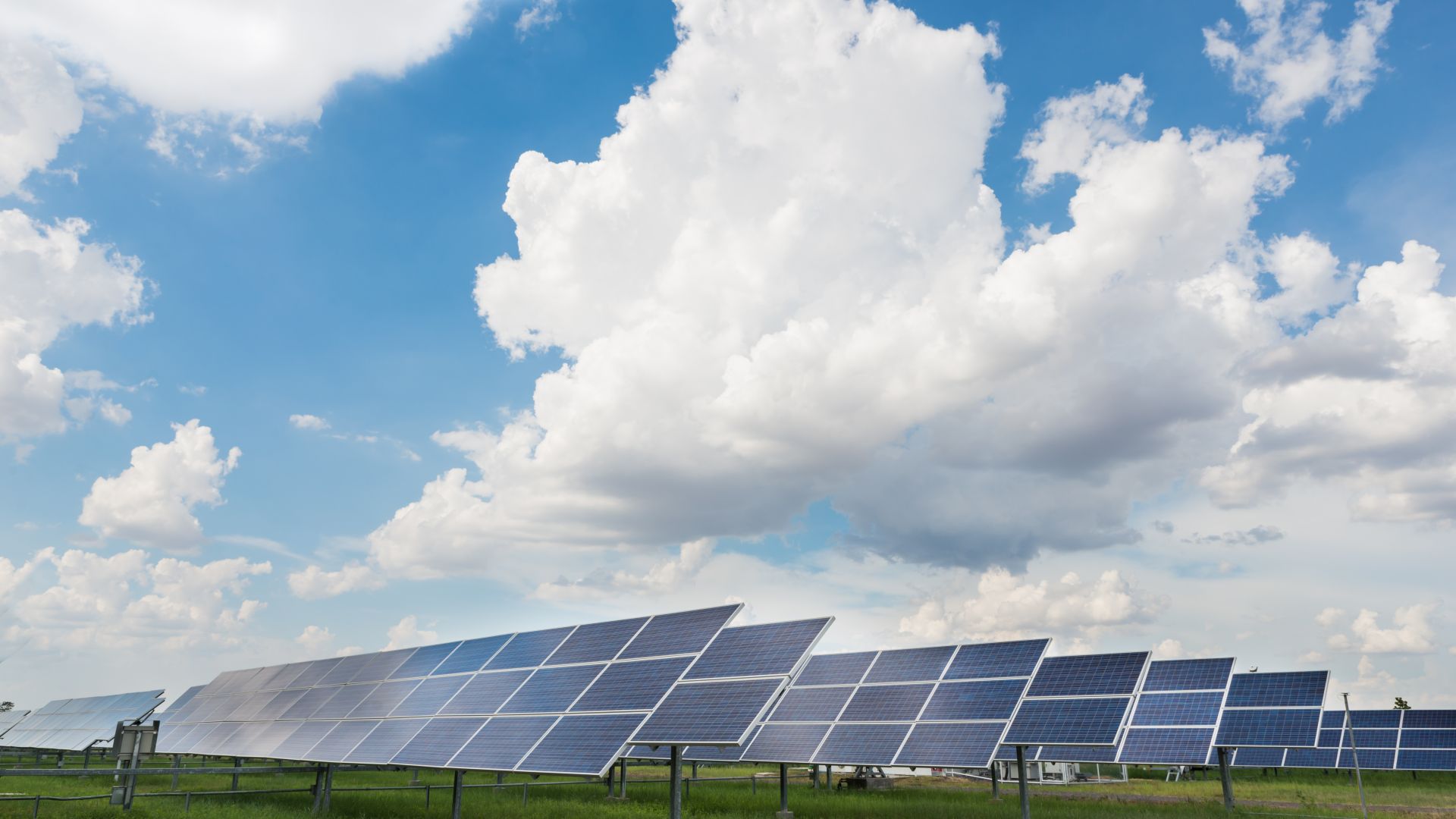Direct testimony on behalf of the Southern Renewable Energy Association (SREA) in the Georgia Power Company (GPC) 2025 Integrated Resource Plan (IRP) recommends that the company expand their 2026 utility-scale renewables Request for Proposals (RFP) to procedure 2 GW of renewable energy resources by 2032, and to issue an additional RFP in 2026 for 2 GW of storage resources by 2032.
The testimony includes the following recommendations:
- Require GPC to expand their 2026 utility-scale renewables RFP to procure 2 GW of renewable energy resources by 2032
- The average builds of all modeled scenarios result in greater than 3 GW of solar capacity in GPC by 2032
- Require GPC to issue an additional RFP in 2026 for 2 GW of storage resources by 2032
- The average builds of all modeled scenarios result in greater than 3 GW of 4-hr battery storage capacity in GPC by 2032
- Require GPC to demonstrate how its long-term capacity expansion modeling informs the timing, magnitude and composition of its resource planning and procurement efforts
- Present annual build plans resulting from their modeling, compare their relative performance, and discuss how modeled results are considered in resource procurement efforts
- Direct GPC to support a Transmission Working Group to conduct multi- scenario, multi-benefit, long-term (minimum 20 years) transmission planning in an open stakeholder process
- The development of a multi-value benefits criterion that evaluates projects’ capacity and dispatch cost savings in addition to existing reliability considerations
- Scenario based modeling captures extreme weather risks and potential benefits
- A structure through which stakeholders can meaningfully participate in the planning process such as a transmission advisory group
Read the full submitted testimony filed on May 2 with the Georgia Public Service Commission.
Testimony was submitted by Alejandro Palomino, a Senior Consultant at Energy Strategies, an independent energy consulting firm. He was retained by SREA to evaluate Georgia Power’s 2025 IRP modeling methods, best practices, and transmission plans. Palomino independently developed and conducted alternative capacity expansion modeling to thoroughly assess the accuracy of Georgia Power’s models and the prudence of its resource procurement plans outlined in the IRP.
SREA Executive Director Simon Mahan commended Georgia Power’s ongoing efforts to modernize and expand its transmission infrastructure to meet the state’s fast-growing energy demands. “Georgia’s growing economy demands more power—and soon,” Mahan said. “Utility-scale renewable energy resources like solar and storage are ready to deliver reliable, affordable energy to help meet that need, while supporting continued economic development across the state.”
Palomino’s testimony also highlights opportunities to improve Georgia Power’s planning processes. He advocates for adopting multi-scenario, multi-benefit long-term transmission planning that involves stakeholders and considers extreme weather risks. He notes that Winter Storm Elliott exposed vulnerabilities in the Southeastern region.
While Georgia Power avoided outages during Elliott, its gas fleet experienced significant forced outages, and solar resources performed well during the winter event. This underscores the importance of investing in additional storage and transmission expansion, which can firm solar capacity and provide access to low-cost, uncorrelated resources from other regions—both critical components for resilience.
Enhanced regional and interregional transmission investments are vital to supporting load growth, reducing costs, and increasing system resilience. A recent study by the Brattle Group affirms that Southeast utilities must invest in regional transmission to improve reliability and lower system costs.
However, the current planning process, particularly within the Southeastern Regional Transmission Planning (SERTP) process, is insufficient to meet future needs. Longer-term planning horizons—at least 20 years—are necessary to anticipate future demands, evaluate economic and reliability benefits, and align investments with the operational life of assets. Palomino notes that, “Since its founding in 2014, SERTP has never identified a regional transmission project that is more efficient or more cost-effective to address transmission needs than those proposed in local transmission plans. Over the same time, SERTP has not carried out any public policy studies.”
Palomino points to the Carolinas Transmission Planning Collaborative as an example of effective regional planning. Its multi-value, stakeholder-inclusive approach considers future scenarios, balances costs and benefits, and addresses challenges proactively. The 2023 plan estimates $2.44 billion in investments across 58 reliability-driven projects and 15 public policy initiatives, demonstrating the potential for comprehensive, balanced regional planning.
Mahan said SREA urges Georgia Power and regulators to embrace best practices in transmission planning—holistic, transparent, and stakeholder-engaged. “SREA looks forward to continuing to work with the Georgia Public Service Commission and Georgia Power to maximize the development of our local, clean energy resources,” he said. “By investing strategically in regional and interregional infrastructure, Georgia can ensure a resilient, reliable energy future that supports continued economic growth.”
Read the full submitted testimony filed on May 2 with the Georgia Public Service Commission.


